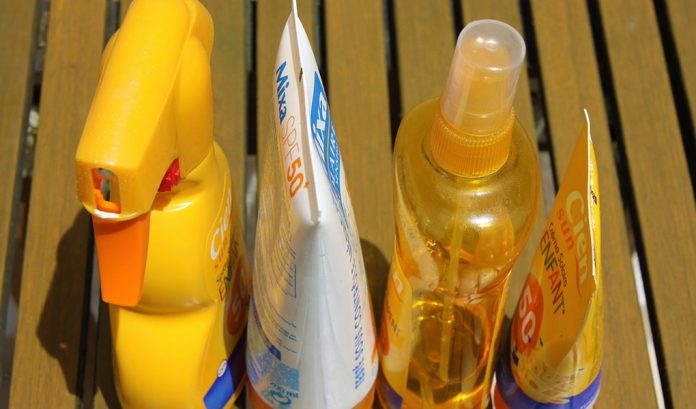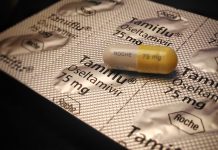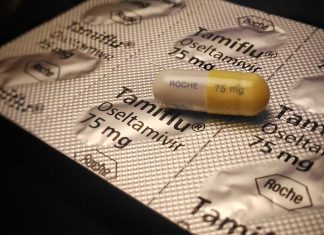
[ALERT] How to Know if Your Sunscreen is CAUSING Cancer
We usually believe that sunscreen normally gives us protection from ultraviolet rays and other harmful waves from the sun. But are you aware that some chemicals in today’s popular sunscreens may cause cancer and other health problems to us?
The Harmful Chemicals in Sunscreen
Why do some of these chemicals in sunscreen cause cancer in people? Well, some of these chemicals are “hormone disruptors”, which means they affect how estrogen and other hormones behave in the body. By blocking or mimicking estrogen and other hormones, these chemicals can tip the body’s hormonal balance, thus leading to potential breast cancer development.
The following are a list of toxic chemical ingredients commonly found in sunscreens:
* Parabens
Parabens are synthetic preservatives that prevent microbial and bacterial growth in personal care products. With your bacteria-free sunscreen, one also ends up with potential ingredients that may trigger allergic reactions, hormonal disruption, or neurotoxicity. Parabens fall under any of the following chemically-sounding names: propyl-, methyl-, ethyl-, and butyl-.
* Oxybenzone
The Environmental Working Group (EWG) has declared oxybenzone as one of the most toxic cosmetic ingredients now. The reason for this is it is a hormone disruptor that has been linked to endometriosis, a disorder wherein body tissue normally lining the uterine wall actually grows outside of it. The EWG declared oxybenzone as a potential trigger of allergic reactions.
* Avobenzone
Although one of the most common sunscreen ingredients, it is also one of the most dangerous. How? Avobenzone produces acetyl benzenes and phenols when it comes into contact with chlorinated water to produce two toxic chemicals that are traced to cancer, immune system deterioration, and infertility.
* Homosalate
This chemical enables sunscreen to penetrate the skin and stay there. Homosalate accumulates in the body and is not easily expelled like other toxins. Ingested into the body, it disrupts estrogen, progesterone, and androgen levels.
* Octinoxate
Octinoxate, otherwise known as octylmethoxycinnamate, is used to protect the skin from sun-induced aging. However, it does the opposite and encourages premature aging. It is a chemical that remains active in water, thereby, animals are not excluded from its damaging effects.
* Retinyl Palmitate
Otherwise known as Vitamin A Palmitate, retinyl palmitate is not exactly a toxic ingredient. However, it becomes dangerously so under sunlight. . When exposed to ultraviolet rays, retinyl palmitate tends to break down and produce free radicals. And the more free radicals you have in the body, the higher your risk of developing cancer.
* Synthetic fragrances
Synthetic fragrances might spell really wondrously but beware. These fragrances, synthetic at that, might trigger negative health conditions, such as cancer, headaches, nausea, and asthma.
Alternatives to Sunscreen
Instead of using a sunscreen full of harmful chemicals, just wear a hat with a wide brim to cover your face and a long-sleeved shirt enough to cover your hands, a long skirt or pants. Like the Thais, you might want to go out only in the late afternoon or evening to go swimming to avoid the brilliant sun.
Do you have other ideas for alternatives to sunscreen? Share in the comments below.
Copyright 2023, DoctorFarrah.com











